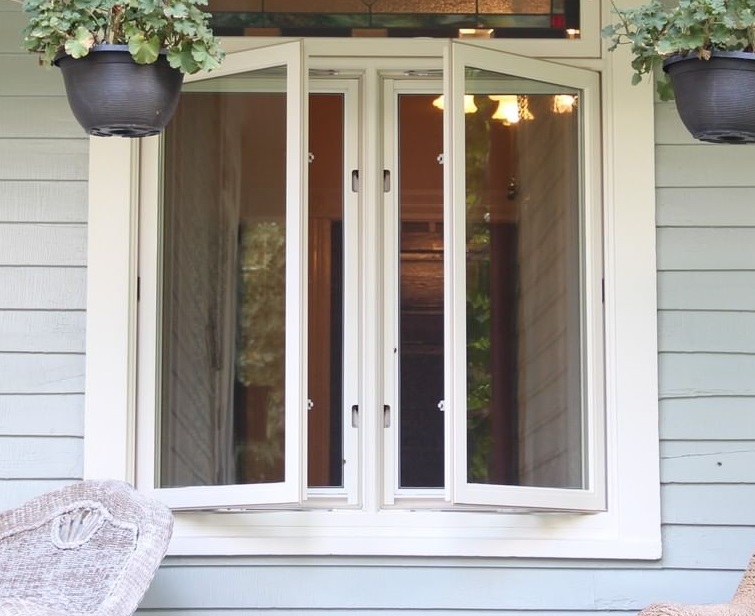Casement Vs Sash Windows
Casement Vs Sash Windows: What’s The Difference? Sash Window Casement Window Both casement and sash


Casement windows open outward, to the left or right, and are hinged on the side.
One, two, three, four, or five-lite configurations are offered and are designed for openings that are taller than they are wide.
Casement windows are available in a wide range of styles, sizes, and materials.
When used as part of a larger window installation, such as bay, bow, or French windows, they look great.
One of the most energy-efficient windows is the casement window.
When the sash is closed, it produces an airtight barrier against the window frame, making it difficult for air to get through.
Since they open from the side, casement windows are a fantastic method to ventilate.
As casement windows are made up of one sash, they also allow uninterrupted views.
Casement windows open outwards so they can’t be too big because they’ll be too heavy and won’t be able to do the job they’re supposed to.
Due to the fact that casement windows open outward, air conditioners cannot be utilised in conjunction with them.
Window air conditioners are better suited to single-hung or double-hung windows.
Although inward-cranking casement windows and doors are available, they are not widespread. Regular casement windows cannot havestorm windows and screens since they open outward.
Casement Vs Sash Windows: What’s The Difference? Sash Window Casement Window Both casement and sash